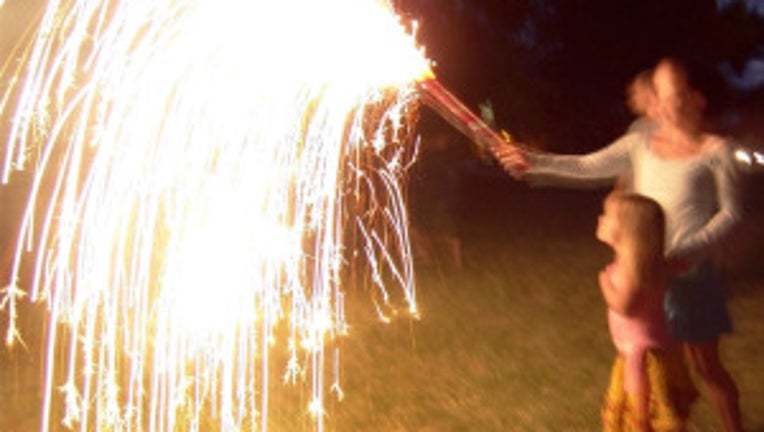Fireworks too hot, water's too cold

SEATTLE -- The shells, the fountains, the sparklers. They are all out on display, ready for people celebrating the birth of America.
Fireworks stands around the state opened at noon on Friday in anticipation of the Fourth of July.
At the fireworks tent outside the Issaquah Christian Church, more fireworks sales also means more people that will be helped by the church. They’ll raise enough money to fund mission trips to bring medical supplies to Haiti and build homes for those in poverty in Mexico.
"We’re here to serve our world and our country and that’s why we do it," church volunteer Mo Rockstad said.
But each firework they sell is also a potential fire-starter, now that things are getting hot and dry.
Bud Backer, Deputy Chief with Eastside Fire and Rescue said, "By the time the Fourth rolls around, we’re expecting the fuels of grasses and brush to be quite dry and the likelihood of brush fires starting because of fireworks will be quite high."
Backer is warning people to be extremely cautious with fireworks, don't let children handle them and light them on pavement, clear from brush or trees.
Several communities on the Eastside have banned fireworks and this year Backer and his crews will be out patrolling.
"It’s time to get out and let them know that we’re going to be there and they may not get to use the fireworks they spent a bunch a money on."
The hot weather is not only creating a fire danger for the next week, but water danger as well.
Tony Gomez, with King County Public Health said, because of a large snowpack, water temperatures are still cold despite the sweltering heat. Rivers are around 40 degrees and most lakes are no warmer then 50 degrees. And jumping into that water can send a swimmer into cold shock.
"I’ve investigated drownings where as soon as they hit the water, they were in trouble," Gomez said. "They were instantly needing rescue."
Gomez recommends going to beaches with lifeguards and wear a life jacket.
Last year, 103 people drowned in Washington state and the beginning of summer is when drowning numbers start to go up.
"Almost half our drownings last year occurred in June, July and August, so this is the season where it kind of ramps up and we need to get folks looking out for each other," he said.

